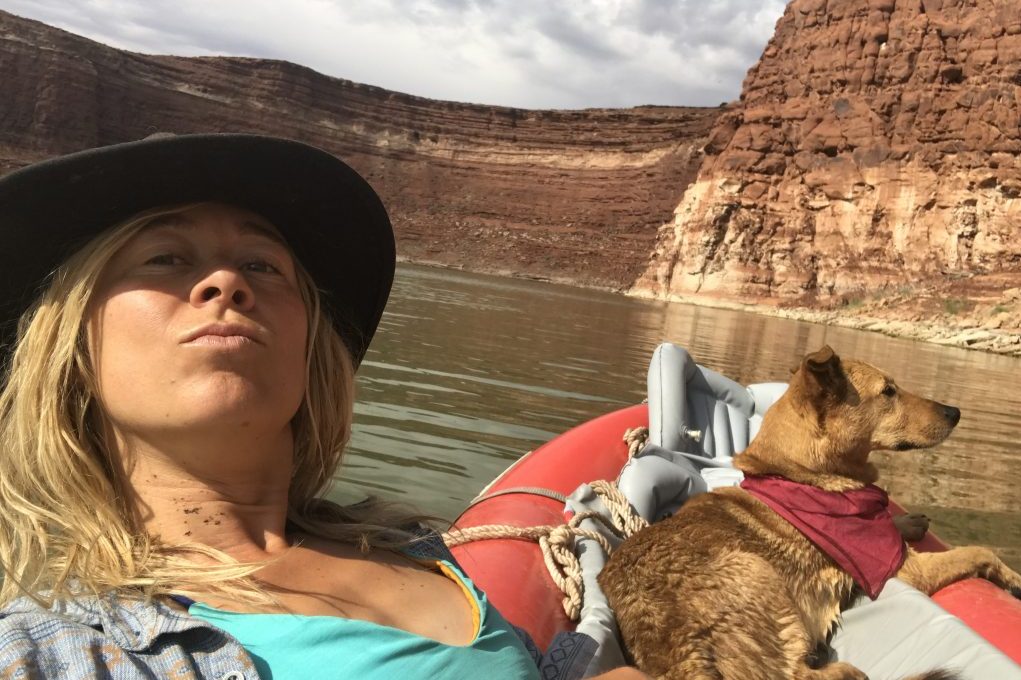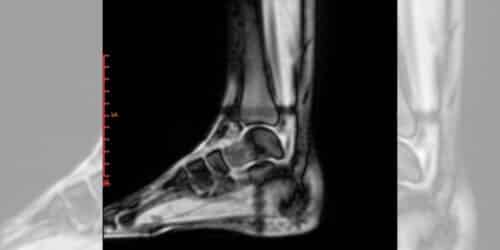In college I was a high-strung track runner on a mission—to win the 10,000 meters at NAIA Nationals my Senior year. It was a lofty albeit reasonable goal considering my 4th place finish the year before. To make a jump in my performance I did what many well-intentioned runners feel they must do—train harder. Everyday. All year long. I ratcheted down the pace of my daily runs, extended the distances and eliminated any semblance of a day off. I ran twice a day, everyday, in all weather conditions. I ran hungover after parties, I ran when I had the stomach flu and I ran when minor injuries began creeping up. In my quest to dominate on the race track I ran myself into the ground.
By the time my coach got a handle on me and explained that rest and recovery is where our bodies rebuild and actually improve, it was already too late. I rested up enough to make it to the start line at Nationals in one piece but found myself once again in 4th place. It turns out that doing less running and more rest was the ticket I needed to get to the front of that speedy race train.

The effects of overtraining that year haunted me at least for another two. When I did finally regain my mojo, culminating in the best 4 years or racing in my life, I protected and guarded and my rest days and off seasons like secret weapons—because that’s what they are. Guided by several intelligent coaches, my training weeks now always included a total rest day and several very easy days. I ran less mileage but with more purpose. At the end of every track season—typically June—I’d take off 4-8 weeks of running and either completely rest or go on easy hikes. I found the longer and more deliberate I was with my off-season the better, faster and more successful my race seasons were.
When I transferred my running from track to trails I assumed that I’d enter a more relaxed and laid back sector of the sport. Wow was I wrong. When I’d pick the brains of other trail runners or see them in action in the weeks leading up to events like the Hardrock 100, I realized I’d entered a more extreme world of overtraining. And for a former running addict like myself who craves a big day in the mountains as much as any trail lover, I found it damn near impossible to turn down invites to “go big” everyday and instead stick to a training plan that said rest or easy 5 miler. But that track season, which now seems like a lifetime ago, still reminds me that I can either be wise with my running, to treasure and protect it and reap rewards down the road, or to blow my wad by bingeing on it everyday.

During this time my coach Scott Johnston (Uphill Athlete) encouraged me most on my recovery and rest days. He had devoted most of June and July to pure recovery after I came dangerously close to overtraining again for the mountain running championships. The purpose for the break was as much mental and physical. He explains, “The stress that endurance athletes place on themselves with the prodigious amount of training of such a repetitive nature is not healthy long term. Despite the obvious physical wear and tear that comes along with running high miles, there are other more insidious forms of stress. The nervous system probably takes the biggest thumping. The motor nerves can reach a very high state of fatigue that if not monitored and relieved, can easily result in overtraining to such a degree as to be career ending.”
Knowing that not resting is the difference between racing to my potential or never lacing up again is enough motivation for me to take time off, but I’ve also found some fun ways to not just enjoy but cherish this phase in the training cycle: sleep in, stay up late, spend more time socializing with non-running friends, focus on other hobbies, nature walks for pleasure rather than a training purpose, yoga and baking. These are just a few of my favorites and while they are all part of my life to some degree during heavy training they certainly have a bigger place in the off-season.

And how do you know when its time to start hitting the trails again? Scott explains the method I’ve used for years perfectly, “I encourage athletes I coach to take such a break until they feel the “itch” again.” Currently I’m still in a chill phase, running only a few days a week, short easy miles, and devoting my other days to writing projects, new hobbies like climbing and reading voraciously. And while it seems like this off season may be dragging on, I trust that my “itch” always comes back at the right time and I know it will be accompanied by some exciting new idea for a running adventure or race goal. Until then I’m going to enjoy the fact that some days when I think about running I feel like eating pizza instead…so I run to the kitchen!

Happy Off Season Trail Sisters!















